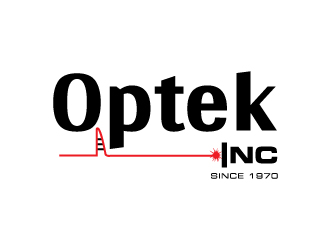Optek Management System Update with respect to FUJI burner controls- June 1, 2022
We have made some significant changes to the hardware and software in our available components.
Because the FUJI PXR4 devices are no longer sold by distribution in tthe US and have been replaced by the PXF models we have upgraded our Network Cards and the Software system to integrate with this new FUJI.
These are the current rules for new and existing systems:
1 - Netcards with legacy firmware are still available. This version integrates the FUJI PXY, PXG and PXR models. This includes all systems sold up to 2021.
2 - Any system replacing the older FUJI models with PXF devices will need to also replace the Netcard in that bin as well as upgrading the Application Software if communication with the burner control is desired.
Options
3 - Optek, has so far, been able to acquire new FUJI PXR devices, although not a quick and routine process, but a much simpler and less expensive solution for our customers. How long this option will be available is uncertain. Any planning for future service of the burner control units should consider maintaining an inventory of PXR devices. Anticipate a significant lead time (approximately 1 month).
Greg or Bill can answer any questions.
Optekinc@gmail.com

